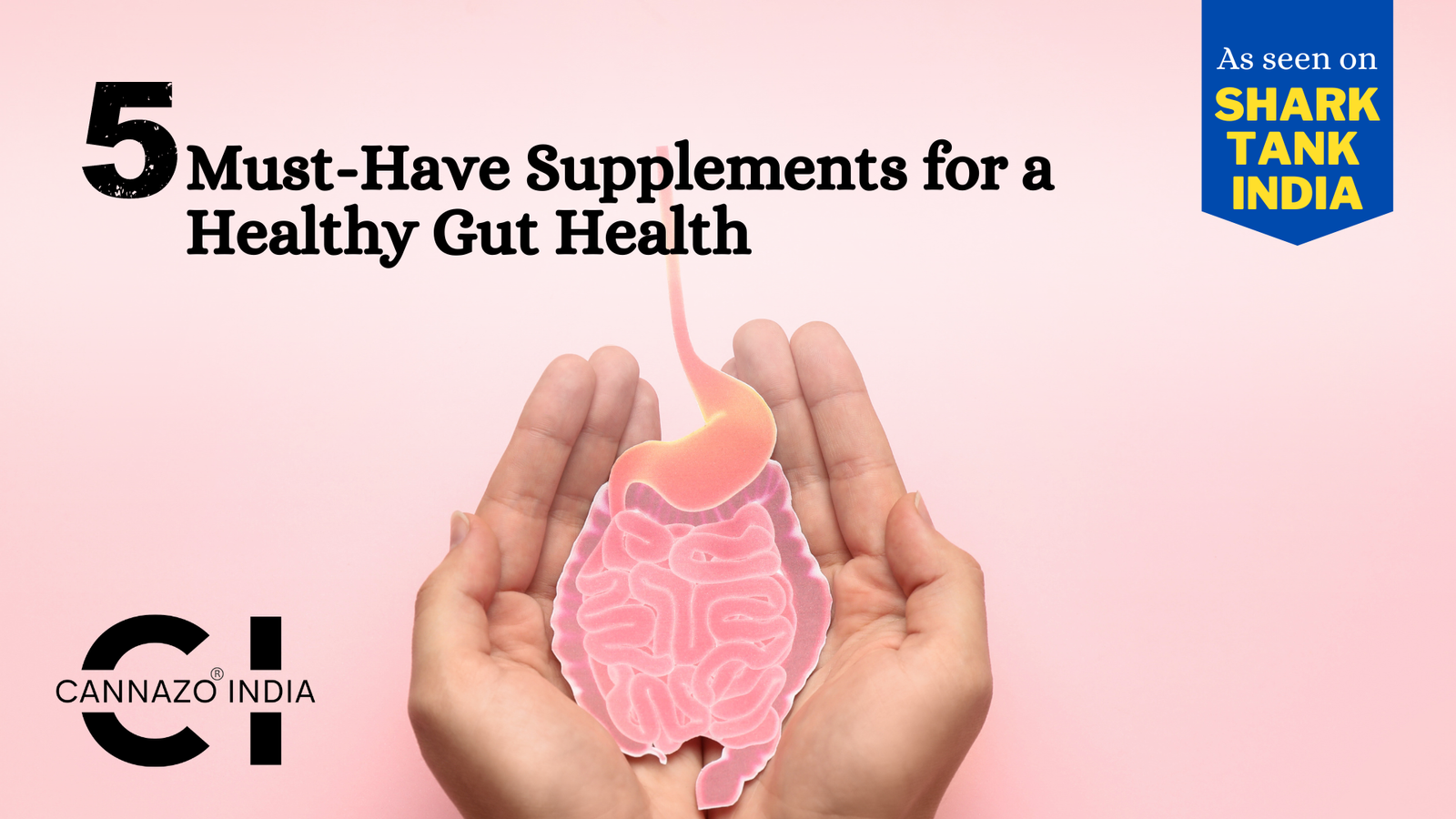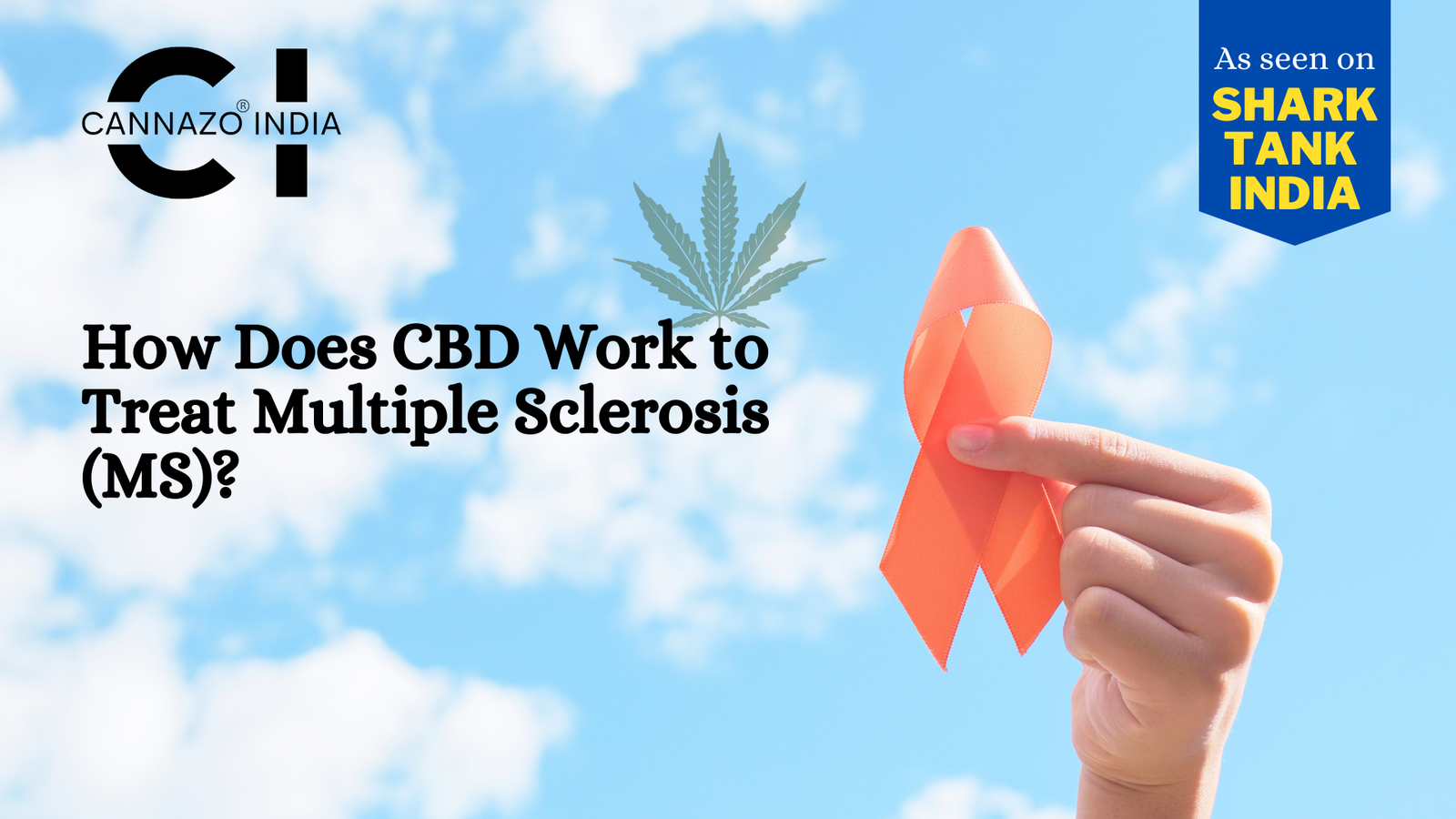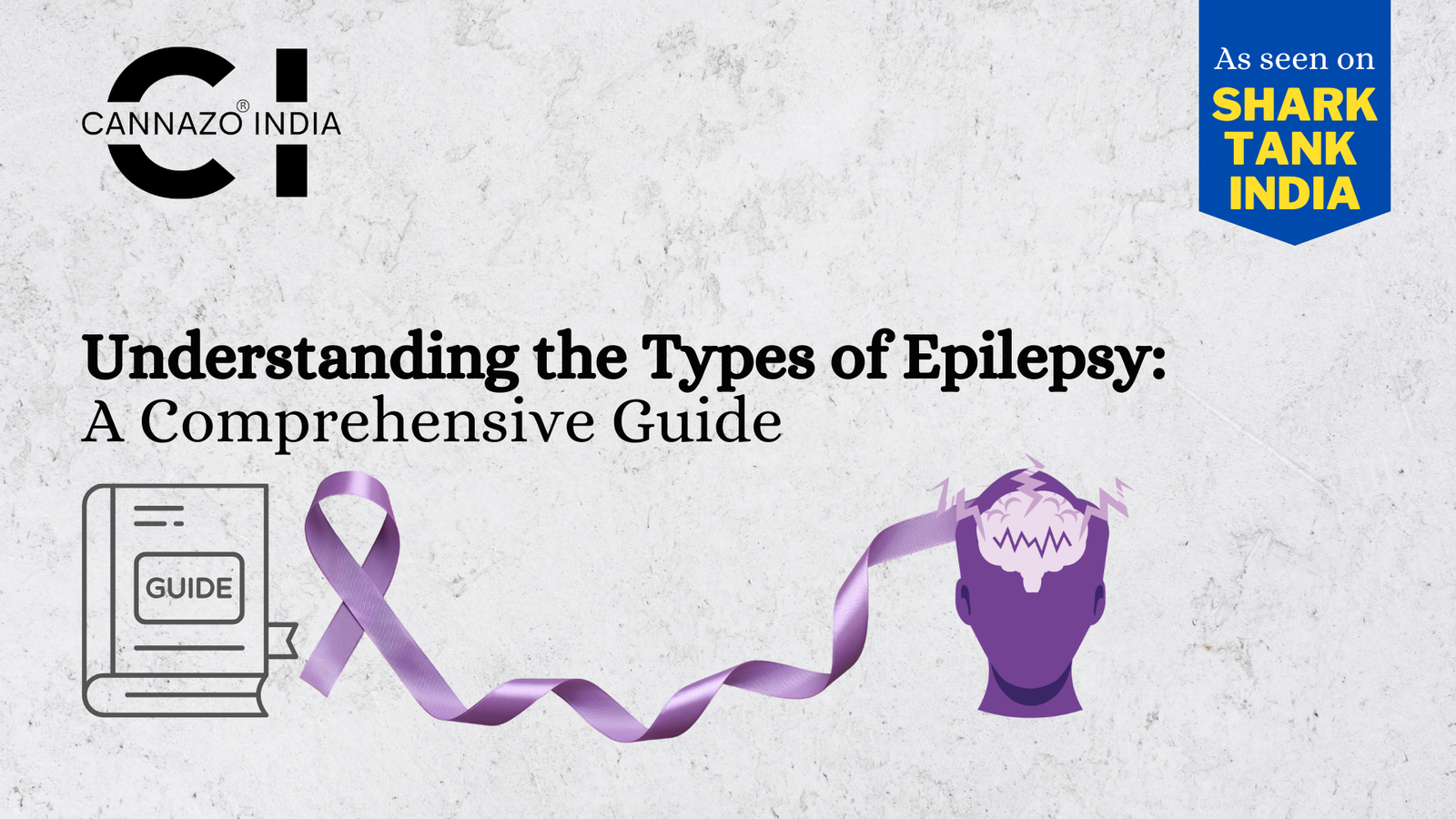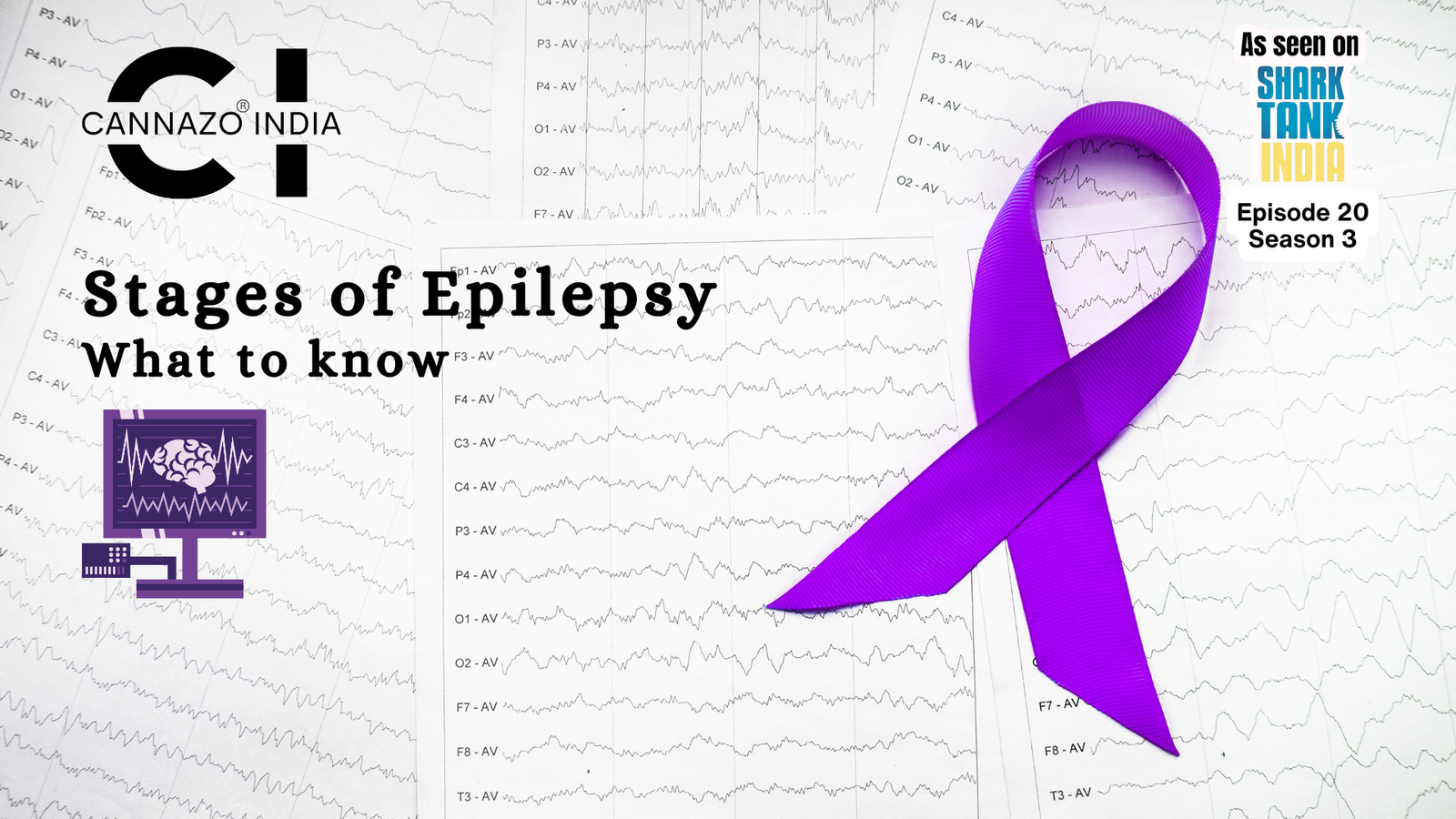Various conditions like arthritis, multiple sclerosis (MS), neurodegenerative diseases, and cancer put patients through severe amounts of pain, drastically decreasing their quality of life. Many conventional drugs, like nonsteroidal anti-inflammatory drugs (NSAIDs), steroids, and opioids, are commonly used for pain management.
However, due to their various side effects, new and safer plant-based alternatives like cannabidiol (CBD) are getting traction. Evidence suggests that using CBD oil for pain relief is promising for various conditions like MS, arthritis, and cancer.
This article explores how you can use CBD oil for pain relief, its science, and what you can expect from it.
Understanding Pain and Its Impact
Our understanding of pain keeps evolving, and so does its definition. However, we can still define pain as “a distressing experience associated with actual or potential tissue damage” (Williams & Craig, 2016). There are many conditions where patients feel any severity of pain like:
- Arthritis: According to a CDC estimate, 18.9% of adults in the United States suffered from arthritis in 2022 (Elgaddal et al., 2024).
- Multiple sclerosis: 50-86% of MS patients experience chronic neuropathic pain like headaches, back pain and pain in the extremities (Murphy et al., 2017).
- Cancer: Around 44.5% of cancer patients experience pain, which is almost half (Snijders et al., 2023).
A 2016 review article talked about how pain can impact several factors in a patient’s life (Duenas et al., 2016). It can affect social life including family, friends and work. It can also affect psychological aspects like sleep and fear. Not only that, it affects physical aspects as well including doing daily chores or simple exercises like walking. Thus, pain can decrease the quality of life of patients, making pain relief of crucial importance.
How CBD Oil Works for Pain Relief
Medical cannabis (MC) or Vijaya has been increasingly investigated for its use in pain relief in multiple conditions like arthritis, MS and cancer. MC leaves consist of two compounds: cannabidiol (CBD) and tetrahydrocannabinol (THC).
Research has shown that CBD can interact with two kinds of systems to decrease pain.
- Endocannabinoid system (ECS): The ECS consists of cannabinoid (CB) receptors: CB1 and CB2. Through interaction with these receptors, CBD may cause decreased production of inflammatory cytokines like IL-1β, TNF-α and IL-6 which may decrease pain (Mlost et al., 2020).
- Nervous system: Serotonergic nerves have 5-HT1A receptors. It has been observed that CBD can interact with 5-HT1A receptors present on these neurons and cause an increase in serotonin (5-HT) levels, thus decreasing pain (Jesus et al., 2019; Mlost et al., 2020).
Benefits of Using CBD Oil for Pain Relief
Through interaction with the ECS and nervous system, using CBD oil for pain relief confers many benefits:
- Decreases inflammation: CBD decreases inflammation by reducing the production of inflammatory cytokines (Mlost et al., 2020).
- Improves sleep: A study found that administration with CBD reduced pain by up to 83% while also improving sleep quality by up to 87% in patients at a rheumatology clinic (Habib et al., 2021).
- Decreases cancer pain: It has been observed in many animal studies that using CBD for pain relief in cancer models is effective.
- Anti-tumour activity: There is preliminary evidence that CBD shows anti-cancer activity via interaction with cannabinoid receptors expressed on cancer cells (Mlost et al., 2020; Worster et al., 2022).
- Reduces muscle spasticity in MS: A 2020 study investigating the effects of a CBD:THC treatment found that 60% of the enrolled patients experienced around a 20% decrease in spasticity score (Patti et al., 2020).
Choosing the Right CBD Oil for Pain Relief
When looking for the best CBD oil for pain, it is best to consult first with a medical expert. Book a consultation today at https://cannazoindia.com/doctor-consultation/.
The best CBD oil for pain must be suited to your condition and lifestyle. CBD oil is available in many formulations like:
- Full-spectrums: contain CBD, THC, terpenes, and other compounds present in leaves of MC.
- Broad-spectrums: contain all compounds except THC.
- CBD Isolates: contain only CBD.
Apart from this, CBD is also available in different modes of administration:
- Sublingual: CBD oil can be placed under the tongue for 45-50 seconds for sublingual administration.
- Capsules: CBD capsules are easy for oral ingestion.
- Topical: CBD topicals like ointments and oils can be massaged gently on painful areas for pain relief.
- Vaporisers & Inhalers: CBD oil can be vaporised and inhaled for quick pain relief.
How to Use CBD Oil for Pain Relief
Integrating CBD oil for pain relief in your daily routine is simple enough.
In the morning, adding a few drops of CBD oil to your morning smoothie or coffee may decrease early morning pain. Capsules or tinctures can be taken in the afternoon to decrease mid-day pain. CBD oil can also be added to relaxing herbal teas to decrease fatigue in the evening. Before bed, CBD oil can be massaged gently over painful areas to relieve pain and also improve sleep quality.
What to Expect When Using CBD Oil for Pain Relief
It is important to understand that CBD may or may not work for you. Just like conventional drugs work for some patients and not for others, similarly CBD oil may or may not help in relieving pain. However, research suggests that CBD oil shows promising activity as an analgesic.
- Safety and Precautions
- Although well-tolerated by many, some people experience side effects when using CBD oil like:
- Dry mouth
- Fatigue
- Appetite and weight changes
- Diarrhoea
- Nausea
As for the recommended dosage, FDA-approved 2.5-4.0mg of CBD per day as a starting dose for 1:1 CBD: THC products. If there are no side effects, the dosage can be increased under the supervision of a healthcare professional first.
Conclusion
Preliminary research on the use of CBD oil for pain relief in animal models and human clinical trials is promising. Ranging from arthritis, MS and cancer, CBD oil shows efficacy in many conditions with more research suggesting that CBD might be a promising alternative treatment option for pain.
References
- Duenas, M., Ojeda, B., Salazar, A., Mico, J. A., & Failde, I. (2016). A review of chronic pain impact on patients, their social environment and the health care system. Journal of Pain Research, Volume 9, 457–467. https://doi.org/10.2147/JPR.S105892
- Elgaddal, N., Kramarow, E. A., Weeks, J. D., & Reuben, C. (2024). Arthritis in Adults Age 18 and Older: United States, 2022. National Center for Health Statistics. https://www.cdc.gov/nchs/products/databriefs/db497.htm
- Habib, G., Khazin, F., & Artul, S. (2021). The Effect of Medical Cannabis on Pain Level and Quality of Sleep among Rheumatology Clinic Outpatients. Pain Research and Management, 2021, 1–6. https://doi.org/10.1155/2021/1756588
- Jesus, C. H. A., Redivo, D. D. B., Gasparin, A. T., Sotomaior, B. B., De Carvalho, M. C., Genaro, K., Zuardi, A. W., Hallak, J. E. C., Crippa, J. A., Zanoveli, J. M., & Da Cunha, J. M. (2019). Cannabidiol attenuates mechanical allodynia in streptozotocin-induced diabetic rats via serotonergic system activation through 5-HT1A receptors. Brain Research, 1715, 156–164. https://doi.org/10.1016/j.brainres.2019.03.014
- Mlost, J., Bryk, M., & Starowicz, K. (2020). Cannabidiol for Pain Treatment: Focus on Pharmacology and Mechanism of Action. International Journal of Molecular Sciences, 21(22), 8870. https://doi.org/10.3390/ijms21228870
- Murphy, K. L., Bethea, J. R., & Fischer, R. (2017). Neuropathic Pain in Multiple Sclerosis–Current Therapeutic Intervention and Future Treatment Perspectives. In I. S. Zagon & P. J. McLaughlin (Eds.), Multiple Sclerosis: Perspectives in Treatment and Pathogenesis (pp. 53–69). Codon Publications. https://doi.org/10.15586/codon.multiplesclerosis.2017.ch4
- Patti, F., Chisari, C. G., Solaro, C., Benedetti, M. D., Bianco, A., Bruno Bossio, R., Buttari, F., Castelli, L., Cavalla, P., Cerqua, R., Costantino, G., Gasperini, C., Guareschi, A., Ippolito, D., Lanzillo, R., Maniscalco, G. T., Matta, M., Paolicelli, D., Petrucci, L., … Zappia, M. (2020). Effects of THC/CBD oromucosal spray on spasticity-related symptoms in people with multiple sclerosis: Results from a retrospective multicenter study. Neurological Sciences, 41(10), 2905–2913. https://doi.org/10.1007/s10072-020-04413-6
- Snijders, R., Brom, L., Theunissen, M., & Van Den Beuken-van Everdingen, M. (2023). Update on Prevalence of Pain in Patients with Cancer 2022: A Systematic Literature Review and Meta-Analysis. Cancers, 15(3), 591. https://doi.org/10.3390/cancers15030591
- Williams, A. C. D. C., & Craig, K. D. (2016). Updating the definition of pain. Pain, 157(11), 2420–2423. https://doi.org/10.1097/j.pain.0000000000000613
- Worster, B., Hajjar, E. R., & Handley, N. (2022). Cannabis Use in Patients With Cancer: A Clinical Review. JCO Oncology Practice, 18(11), 743–749. https://doi.org/10.1200/OP.22.00080

































































































